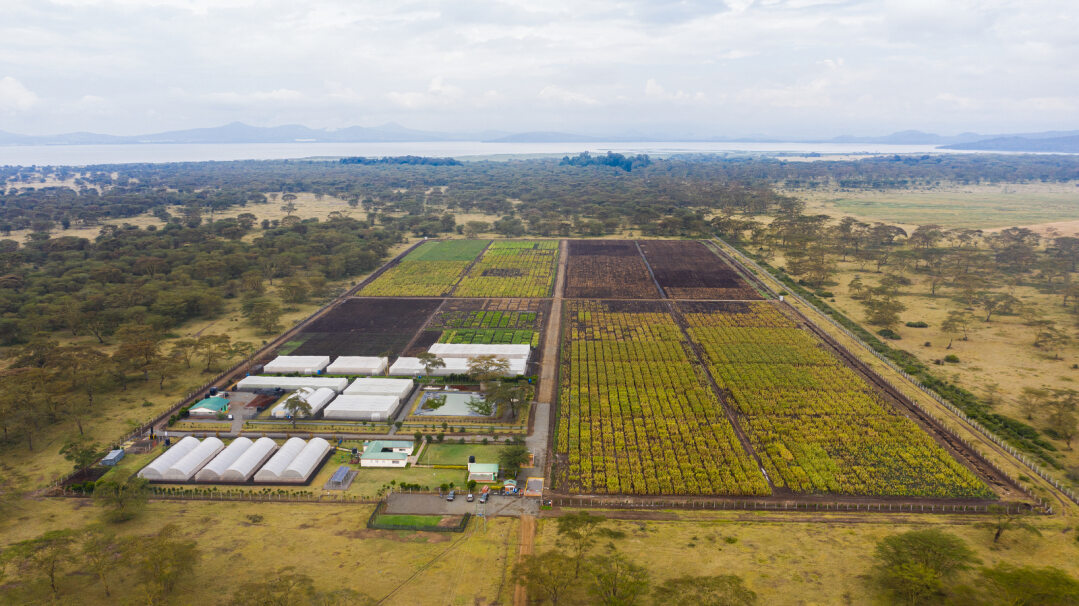Uganda
Ugandan breeders take the lead in crop innovation through new grant-based model
 Climate adaptation and mitigation
Climate adaptation and mitigation
Source: CGIAR ()
CIMMYT worked with Uganda’s NARO to breed new maize hybrids and screen germplasm for maize lethal necrosis resistance
Minister warns of counterfeit seed risks as planting season looms
 Climate adaptation and mitigation
Climate adaptation and mitigation
Source: New Vision ()
CIMMYT recognized Dr. Godfrey Asea for developing drought-tolerant maize, reinforcing its commitment to climate-resilient agriculture in Uganda
How one farmer is learning and leading the way in improved millet and groundnut seed production in Uganda
 Innovations
Innovations
Through access to drought-tolerant and disease-resistant crop varieties, Dennis Obua transformed a handful of seeds into a thriving farm, inspiring an entire community to embrace resilient farming practices
Farmer trials with improved seeds to promote seed production and improve local farming practices
 Capacity development
Capacity development
In Uganda’s Bukedea District, Nelson Ekurutu, with CIMMYT’s support, is testing improved crops to help farmers boost yields and build resilience through better seeds and practices
Navigating the seed market and transforming agricultural productivity
 Innovations
Innovations
AgriNet connects farmers with improved seeds, processes grains for diverse markets, and collaborates with CIMMYT and NaSARRI to align research with market needs and boost agricultural productivity
Transforming Farming in Uganda: The journey of four farmers and their demonstration plots
 Dryland Crops
Dryland Crops
Demonstration plots in Uganda showcase improved crops, inspiring farmers to adopt resilient varieties and boost food security
Scientists at NaSARRI to develop iron and zinc bio-fortified sorghum
 Nutrition, health and food security
Nutrition, health and food security
Source: Charmar News ()
CIMMYT, in partnership with NaSARRI and stakeholders, is pioneering a project in Uganda to biofortify sorghum with iron and zinc to reduce malnutrition in East Africa.
Ten years later: CIMMYT facilities in East Africa continue to make a difference
 Climate adaptation and mitigation
Climate adaptation and mitigation
A decade of maize impact, celebrating 10 years of success with CIMMYT’s maize DH and MLN screening facilities.
CGIAR Initiative on Diversification in East and Southern Africa
 Gender equality, youth and social inclusion
Gender equality, youth and social inclusion
Groundnut ESA crop improvement network sets regional and country level priorities
 Capacity development
Capacity development
Significant discoveries have been made for the potential improvement of production of groundnut in sub-Saharan Africa.














